Abdominoplasty
What is Abdominoplasty?
Abdominoplasty, also known as a tummy tuck, removes excess skin and fat and also restores weakened or separated abdominal muscles. Factors that often contribute to these issues include aging, pregnancy, genetics, prior surgeries, and significant weight fluctuations. A tummy tuck results in a flatter abdomen that is proportionate with your body shape.
Am I a Good Candidate for Abdominoplasty?
Candidates for abdominoplasty surgery in Boston and Worcester, Massachusetts are healthy men or women who are unhappy with the appearance of their abdomen. It is important that patients are at a stable weight, are non-smokers, and have realistic expectations for the outcome of their surgery. Furthermore, patients should be aware that a tummy tuck should not be used as a primary weight loss solution. A consultation with Dr. Hall can help you decide if a tummy tuck is right for you or if you might benefit from a different procedure.
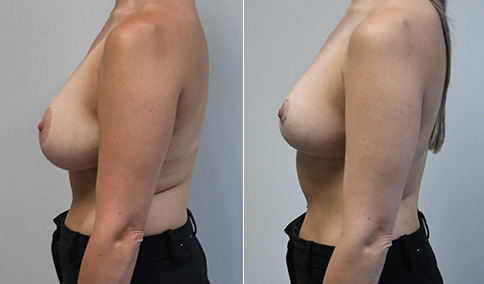
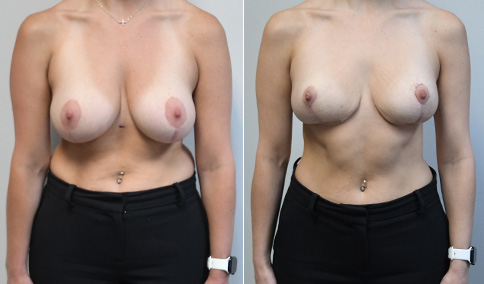
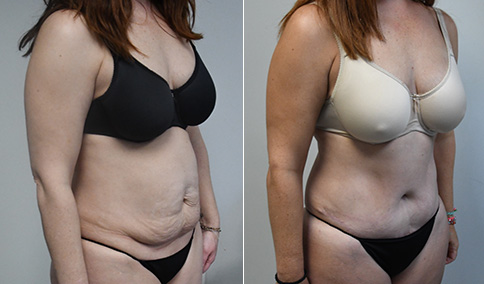
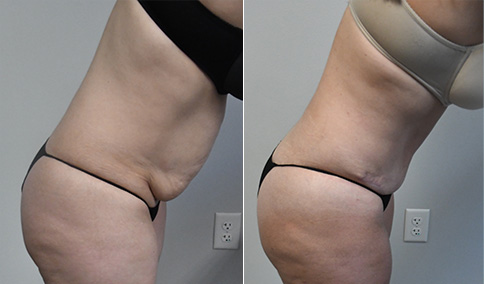
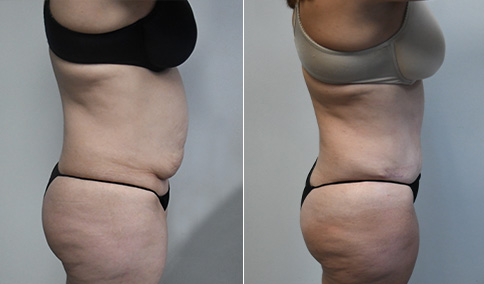
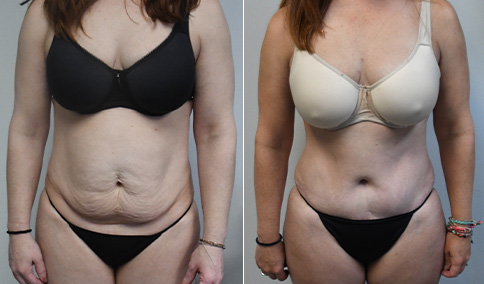
How is an Abdominoplasty Performed?
How your abdominoplasty procedure is performed will depend on your specific needs and body concerns. Tummy tuck patients choosing to undergo surgery have the choice of intravenous sedation and general anesthesia, and Boston plastic surgeon Dr. Jonathan Hall will recommend which choice is best for you.
During the surgery, Dr. Hall creates a horizontal incision between the belly button and the pubic hairline, which results in a tummy tuck scar that a bikini can easily cover. The loose skin is then lifted, weakened abdominal muscles will be tightened, and a natural contour achieved by removing excess fat. Depending on how much excess skin is being removed, a second incision around the navel may be necessary. Skin on the upper abdomen is pulled down, and a new opening for the belly button is created. Incisions will be closed with sutures, tapes, or skin adhesives.
What Should I Expect During Recovery?
During abdominoplasty recovery, dressings are applied to incision sites and a compression garment may be worn to minimize swelling and provide support to the adjusted tissues. Small tubes may also be inserted to drain any excess blood or fluids. You can expect to be assisted with walking as soon as the next day to prevent the formation of blood clots, however, you should be resting for the first week or two after surgery.
After your procedure, you will likely experience some swelling and discomfort. Dr. Hall can provide you with prescription medication to manage your pain and make your recovery more comfortable. You will also have some activity restrictions in the first few months. You should avoid strenuous activity or movement such as bending at the waist that might strain the incision site. Dr. Hall will provide you with specific instructions about your recovery and activity restrictions.
Results of Tummy Tuck Surgery
The result of your abdominoplasty can be distorted due to swelling in the first few weeks, however as swelling diminishes you will begin to notice your results and can enjoy a toned abdominal area. The abdominoplasty scar will fade to be barely visible, and can be easily concealed in clothing and swimwear. Abdominoplasty results are permanent, although substantial fluctuations in weight can greatly diminish these results. Patients who are planning on losing a substantial amount of weight or future pregnancies are advised to delay tummy tuck surgery.
Schedule A Tummy Tuck Consultation Today
During a consultation, you can find out much more specifically what to expect from a tummy tuck procedure, including what results you can achieve, whether you need a full tummy tuck or a mini tummy tuck, and the overall tummy tuck cost to anticipate. Dr. Hall is known for his down-to-earth, transparent approach to consultations, and he’s committed to helping each plastic surgery candidate get the right cosmetic surgery procedure for their unique circumstances. Get started with your journey toward having a toned abdomen today by calling our office or contacting us online.

“I saw 3 surgeons before meeting with Dr. Hall and by far
he and his staff was the most compassionate, thorough,
professional and helpful. Can’t say how pleased and
comfortable he and his staff made me feel.”
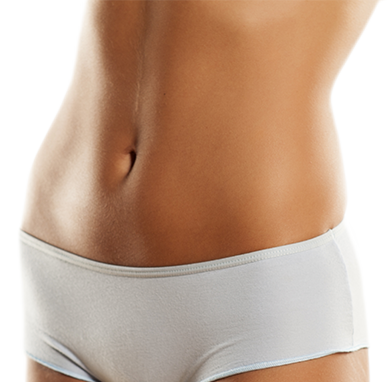





Cosmetic & Plastic Surgery Specialist
"I treat my patients like I would treat
- Jonathan D. Hall, MD, FACSmembers of my own family."
Schedule Consultation